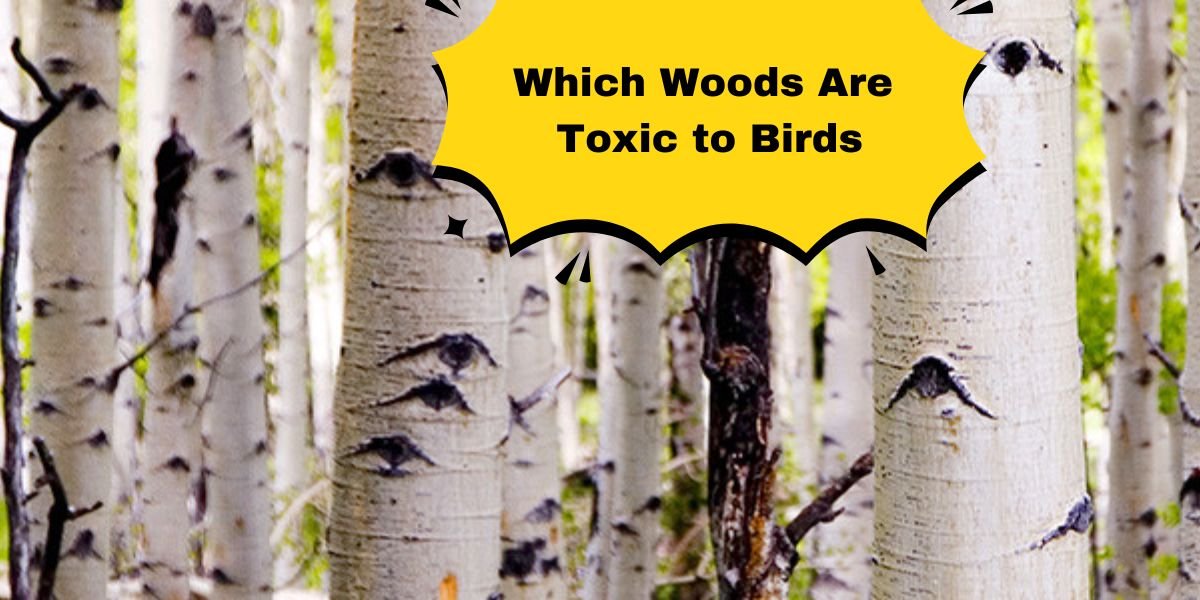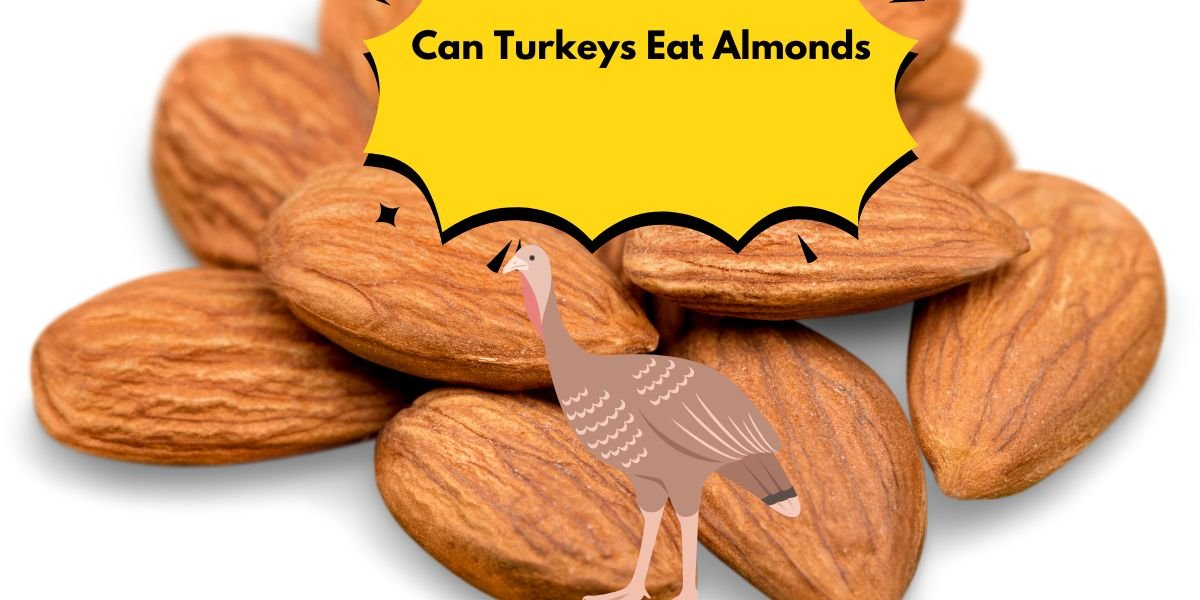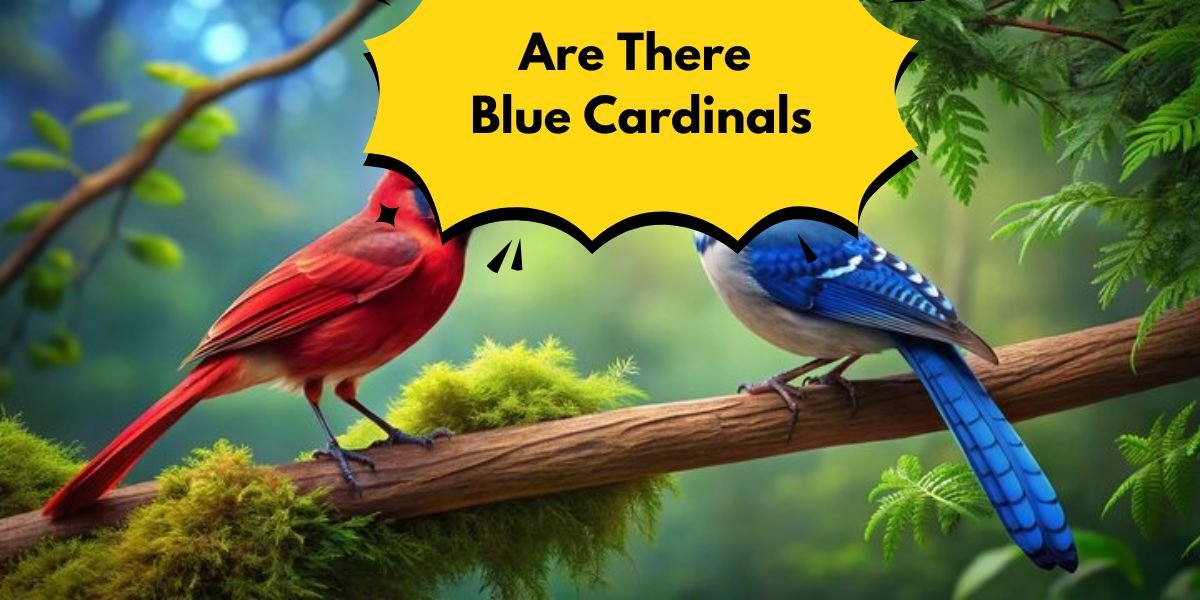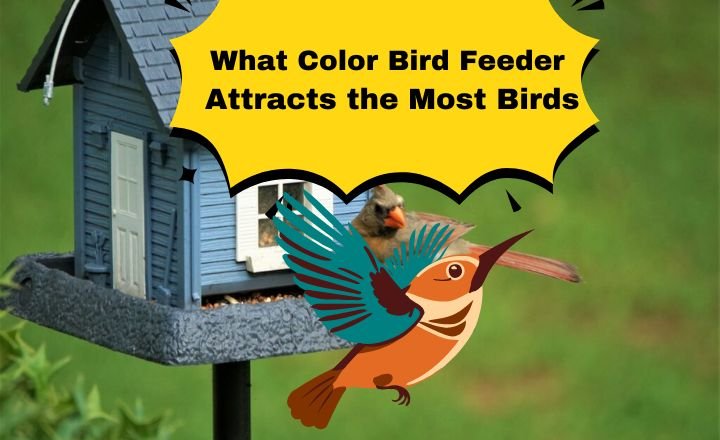Which Woods Are Toxic to Birds?
Did you know that certain types of wood, commonly found in homes and gardens, can pose a serious threat to our feathered friends? Understanding which woods are toxic to birds is crucial for pet owners and bird enthusiasts alike.
In this guide, we’ll explore the specific types of wood that can be harmful and why these materials should be avoided. By the end, you’ll be equipped with the knowledge to keep your avian companions safe and healthy.
Toxic Woods to Avoid in Bird Houses and Bird Feeders
- Treated Wood
- Plywood and Particle Board
- Painted or Stained Wood
Treated Wood
Several types of wood prove unsafe for birds when used as materials for their habitats or toys. Some wood types prove dangerous to birds because they cause toxic effects which may result in fatal outcomes.
The following piece examines toxic woods affecting birds and explains why selecting secure materials remains essential for bird habitats and toys. Understanding these safety risks allows you to take better measures for safeguarding your bird companions.
Plywood and Particle Board
The construction and furniture-making industries benefit from using two engineered wood products which are plywood and particle board. The construction method of plywood which combines veneer layers with adhesive results in a strong and durable product that keeps its weight minimal.
The product stands out as a preferred material for both structural components and floor systems because it ensures high strength and durability. Particle board exists as a budget-friendly wood-based product that uses wood chips sawmill shavings and adhesives to create a cost-efficient material suitable for basic construction work.
You need to evaluate both the environmental effects and material toxicity when working with these boards. Bird-friendly environmental selection of plywood or particle board requires knowledge about toxic wood.
The use of specific adhesives and finishing products releases dangerous volatile organic compounds (VOCs) which damage both indoor air quality and your birds’ health. The wood species cedar and redwood produce toxic oils that harm birds even though they have attractive appearances. Low-VOC finishing products combined with engineered wood materials free of dangerous chemicals will establish a safer environment for bird populations.
Painted or Stained Wood
The aesthetic qualities of wooden furniture or decor depend heavily on whether you select painted wood over stained wood because it will determine both visual aspects and operational characteristics.
The application of paint on wood surfaces creates a uniform appearance which enables you to select any color to match your desired style. The painted surface conceals the original wood features that would otherwise be visible.
Wood stains give decorative value to natural wood characteristics by revealing patterns and ensuring the protection of a durable outer coat that fights against damage. Stain enables homeowners to merge outdoor rustic aesthetics with durable protection resulting from their selection. Homeowners with bird pets need to evaluate their choices carefully because they must consider health effects.
The ingestion or inhalation of cedar and redwood wood types by birds causes serious health problems because these woods are toxic to birds. Select your painting or staining materials while considering which types of wood will not harm your pet birds.
Safest Woods for Bird Feeders and Houses

- Cedar
- Redwood
- Cypress
- Popular
- Pine
- Aspen
- Maple
- Oak
- Bamboo
Cedar
The aromatic and durable cedar wood serves as a distinctive material for construction applications and aviary purposes. The safety of pet birds regarding cedar depends on the specific type of cedar wood.
The natural oils found in Western Red Cedar pose health risks to birds and these oils exist in specific types of cedar products which bird owners often use for aesthetic purposes. The natural oils present in these materials have the potential to create respiratory irritation and additional health problems in birds.
Redwood
The redwoods stand out in two ways they surpass other forest giants in height and maintain successful relationships with the ecosystem. Scientists identify Sequoiadendron giganteum as these ancient trees that survived for more than 3,000 years to become among Earth’s oldest living creatures. The trees survive in challenging environments because their thick bark protects them from fire pests and diseases.
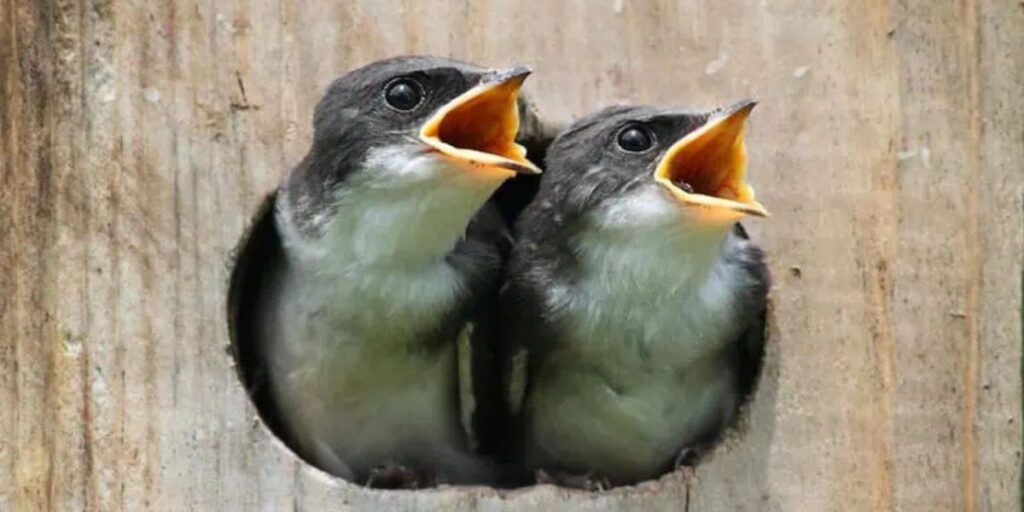
The redwood trees provide safety to numerous wildlife species yet bird owners need to understand which woods contain toxic substances when constructing bird enclosures and habitats.
Cypress
The natural pest-repellent properties of cypress wood attract people who want to reduce chemical treatments in their outdoor areas. It remains essential to verify that all wood materials near birds do not contain dangerous coatings or treatments.
Bird enthusiasts who focus on selecting safe materials along with knowledge of toxic woods can build an environment that protects their vibrant feathered friends from dangerous substances.
Popular
The presence of poplar trees brings insects that serve as food for birds thus increasing biodiversity within the area.
The responsible planting of poplar trees combined with the proper selection of nontoxic woods allows enthusiasts to develop habitats that benefit bird health while supporting the overall ecosystem.
Pine
Pine serves as a preferred material in woodworking because it provides value in terms of cost combined with versatility along with attractive properties. Wood types vary in their safety for bird habitats although this fact needs to be recognized by bird lovers.
Pine wood remains harmless to users but processed pine materials with specific substances or additives might present safety concerns. The chemicals found in pressure-treated pine pose health risks to birds that necessitate using untreated natural pine or aged untreated pine materials for activities that benefit bird-friendly habitats.
Aspen
The unique appearance of Aspen trees combines their snowy bark with waving leaves to perform important functions in their environmental settings. The dominant adaptive feature of these deciduous trees allows them to colonize various natural areas by playing the role of pioneering species after disturbances.
The swift expansion abilities of aspen trees integrate them into critical wildlife habitats because they offer both sustenance and shelter for several species of birds. It is crucial to assess nearby vegetation, but one must focus on which woods are toxic to birds.
Maple
The wood from Sugar Maple and Red Maple species forms the basis of preferred maple furniture production while delivering both vibrant colors and attractive grain patterns. Its ability to endure prolonged use makes maple wood widely selected for furniture construction and cabinetry production and also musical instrument design.
Due to its non-hazardous properties maple wood proves suitable as a material for bird owners. Wood finishes on maple wood eliminate splintering potential which ensures better safety for birds when they engage with the material.
The selection of maple as an ecological building material provides a way to combine attractive design with caring for birds because people realize how important bird safety is today.
Oak
Oak’s sturdy nature enables durable resistance against decay which drives people to use it for furniture construction along with flooring applications. The durability of oak wood requires birdkeepers to verify that their materials have no toxic chemicals or treatments when making bird cages or toys.
Bamboo
Building and gardening professionals celebrate bamboo because of its fast growth patterns and adaptability, making it a preferred choice for sustainable applications. Introducing bamboo to areas where birds live requires a thorough evaluation of its environmental effects.
Bamboo does not contain toxic substances except for the risks that emerge from using specific construction woods such as cedar alongside bamboo or treated pine together with bamboo in furniture preparation.
It is essential to identify bird-hazardous woods because birds need protection from dangerous materials while inhabiting we create combined natural and manufactured structures.
Final Words
Any individual who cares about birds needs to understand which woods create toxic hazards for them. Several types of wood in particular cedar pine and redwood possess natural oils which damage birds when exposed to them.
The chemical treatments applied to certain woods result in toxic compounds that pollute both the environment and the aviaries where birds reside. Selecting bird-friendly materials for cages should remain the primary consideration during any construction of birdhouses and toys together with perches.
Understanding the materials we select allows us to establish a safer avian living environment that supports our pet birds’ wellness.

